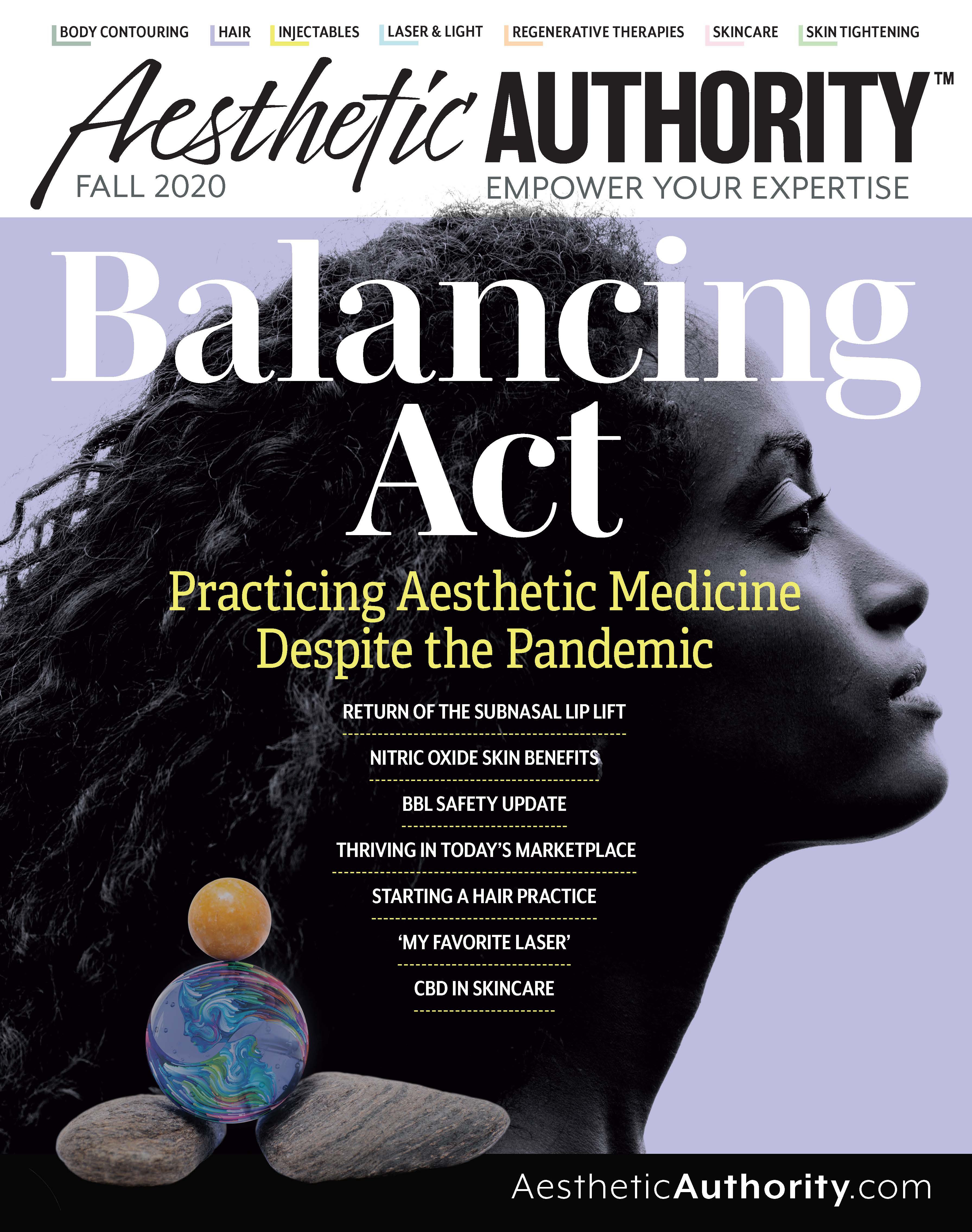- Case-Based Roundtable
- General Dermatology
- Eczema
- Chronic Hand Eczema
- Alopecia
- Aesthetics
- Vitiligo
- COVID-19
- Actinic Keratosis
- Precision Medicine and Biologics
- Rare Disease
- Wound Care
- Rosacea
- Psoriasis
- Psoriatic Arthritis
- Atopic Dermatitis
- Melasma
- NP and PA
- Skin Cancer
- Hidradenitis Suppurativa
- Drug Watch
- Pigmentary Disorders
- Acne
- Pediatric Dermatology
- Practice Management
- Prurigo Nodularis
- Buy-and-Bill
Publication
Article
Aesthetic Authority
Patient Selection Matters in Surgical Lip Rejuvenation
Author(s):
The subnasal lip lift procedure is growing in demand but requires careful patient selection.
Randolph Waldman, MD, has been performing the subnasal lip lift for three decades, but only in the last few years has demand for the procedure really taken hold.
Part of the recent uptick in demand is increased consumer awareness driven by media coverage, including a piece in 2018 in Allure touting the procedure as a possible replacement for fillers, according to Dr. Waldman, a facial plastic and reconstructive surgeon based in Lexington, Ky.
New York City-based dermatologist and dermatologic surgeon Michelle Henry, MD, agrees that more of today’s patients are opting for the lip lift and social media is helping to fuel requests at her practice.
“Social media has helped to normalize the procedure and many patients are now understanding that it might be a viable option,” Dr. Henry says.
Lip Lift Candidates
The subnasal lip lift rejuvenates the upper lip by shortening philtrum and the “white portion” or cutaneous aspect of the upper lip, thus, creating more of a diamond-shape to the upper lip complex, according to Dr. Waldman.
“The typical candidate is beyond 50 years of age. That person has an extended distance between the base of their nose and the top of the red portion of the upper lip. The white portion of the upper lip is stretching, if you will,” Dr. Waldman says. “The person usually will have more of a horizontal shape to the upper and lower lip, instead of the more desirable diamond shape, and often will have loss of the philtrum or cupid’s bow architecture to the upper lip.”
Often with time and gravity, the distance between the nose and upper lip increases to beyond 1.5 cm, which tends to be less aesthetically desirable. The lip also loses curvature as it stretches. Physicians treating these patients might notice the lip is more vertical, instead of having some concavity, when they look at the patient from a side view, Dr. Waldman says.
Properly selected patients not only should have the right nasal base-to-lip-width ratio but also have a nostril sill, which is a ridge of skin below the nostril that makes it much easier to hide the incision.
“If you’re doing this procedure on someone who doesn’t have a wide enough nasal base, then you’re not going to get the type of lifting of the lip that you’d like to get. Generally, a person has to have a wide enough nasal base to hide the incision,” Dr. Waldman says. “The lip is lifted up toward the nose, so if you have a real narrow nose, you’re only getting the central part of the lip lifted. That never looks as good as results on somebody with a wider nasal base.”
Dr. Henry warns that increased popularity of the subnasal lip lift has resulted in the procedure being marketed to the wrong patients.
“Young patients without excessive upper cutaneous lip tissue that have good incisal show when the lips are in repose and adequate gingival show with smiling, who are only seeking increased lip volume, are not ideal candidates in my mind,” she says. “They can often have very visible scarring and unnatural appearance when the upper cutaneous lip is excessively shortened.”






